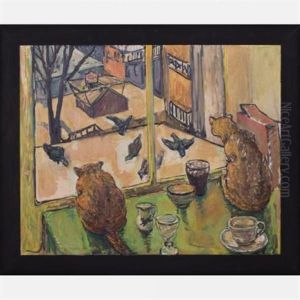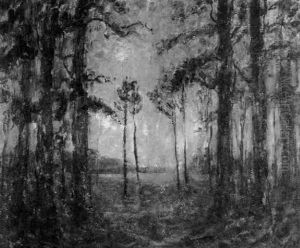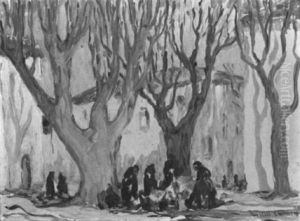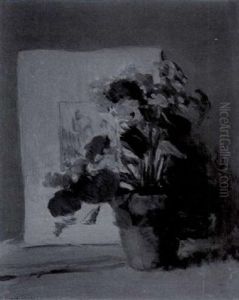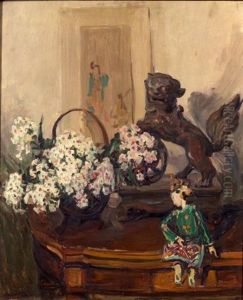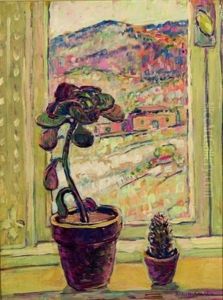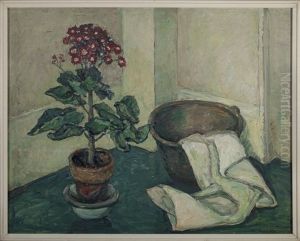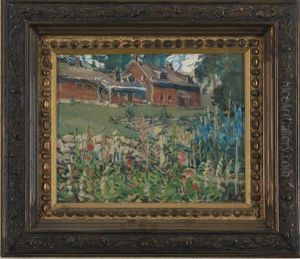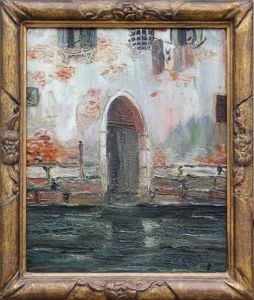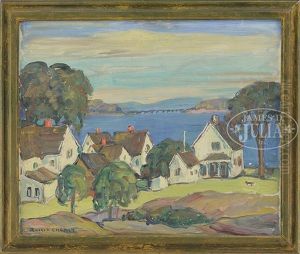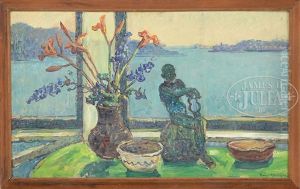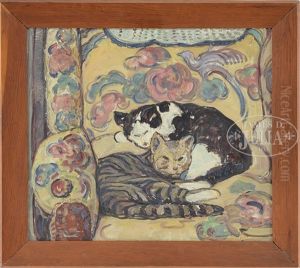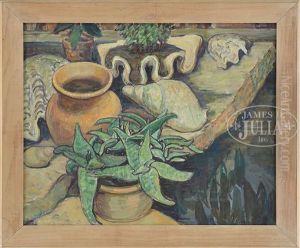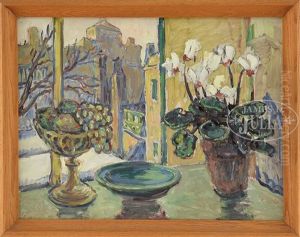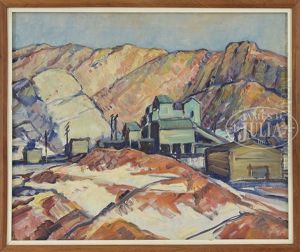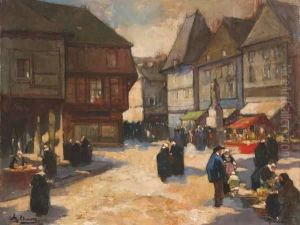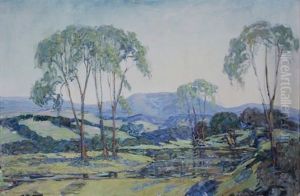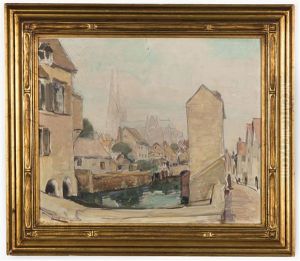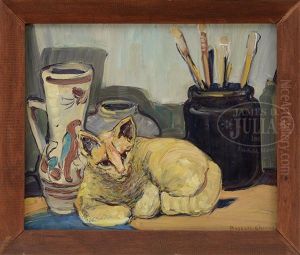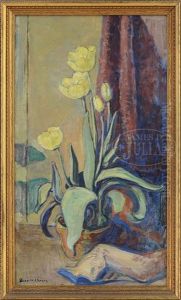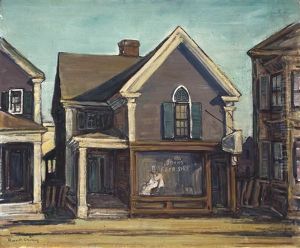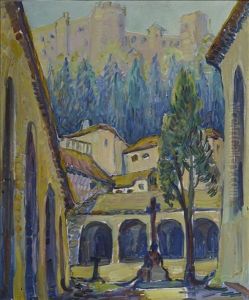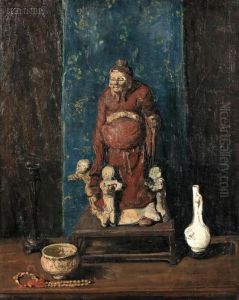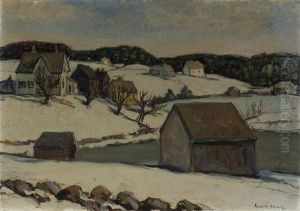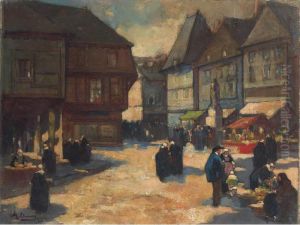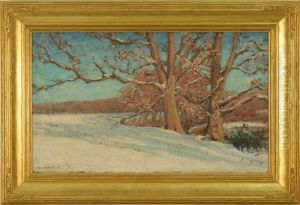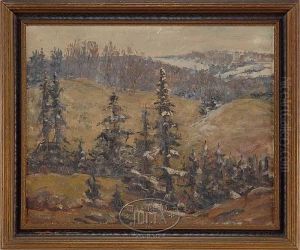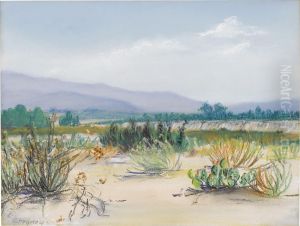Russell Cheney Paintings
Russell Cheney was an American painter known for his contributions to the art world in the late 19th and early 20th centuries. Born on October 16, 1881, in South Manchester, Connecticut, Cheney was one of eleven children in a prosperous family. His father was a successful businessman, which allowed Cheney the privilege of a comprehensive education and the freedom to pursue his artistic interests. He initially attended Yale University, where he graduated in 1904, demonstrating early on his inclination towards the arts. Despite his family's business background, Cheney's passion for painting led him to pursue a career in art rather than in business.
After completing his studies at Yale, Cheney sought to refine his craft and went on to study at the Art Students League of New York. His quest for artistic growth did not stop there; he furthered his education by traveling to Europe, where he studied at the Académie Julian in Paris, a city that was, at the time, the heart of the artistic world. This exposure to European art and culture had a profound effect on his work, helping him to develop a unique style that blended traditional American themes with the techniques and sensibilities of European modernism.
Throughout his career, Cheney was known for his landscapes, portraits, and still lifes. His work often reflected the beauty of the American landscape, from the New England countryside to the stunning vistas of the West Coast. Cheney's ability to capture the subtleties of light and color, as well as his meticulous attention to detail, earned him critical acclaim and the admiration of his peers. Despite his success, he remained a modest and dedicated artist, focused more on the pursuit of artistic excellence than on fame.
Cheney's personal life, particularly his relationship with writer F.O. Matthiessen, was marked by both profound connection and societal challenges. Their partnership, which began in the late 1920s and lasted until Cheney's death in 1945, was a significant part of both men's lives, providing mutual inspiration and support. However, the social constraints of their era meant that their relationship had to be navigated with discretion.
Russell Cheney's contribution to American art was recognized during his lifetime through exhibitions at prestigious institutions such as the National Academy of Design and the Pennsylvania Academy of the Fine Arts. Despite his death on July 12, 1945, in Kittery, Maine, Cheney's legacy lives on through his artwork, which continues to be exhibited and admired for its beauty, technical skill, and unique blend of American and European artistic traditions.
